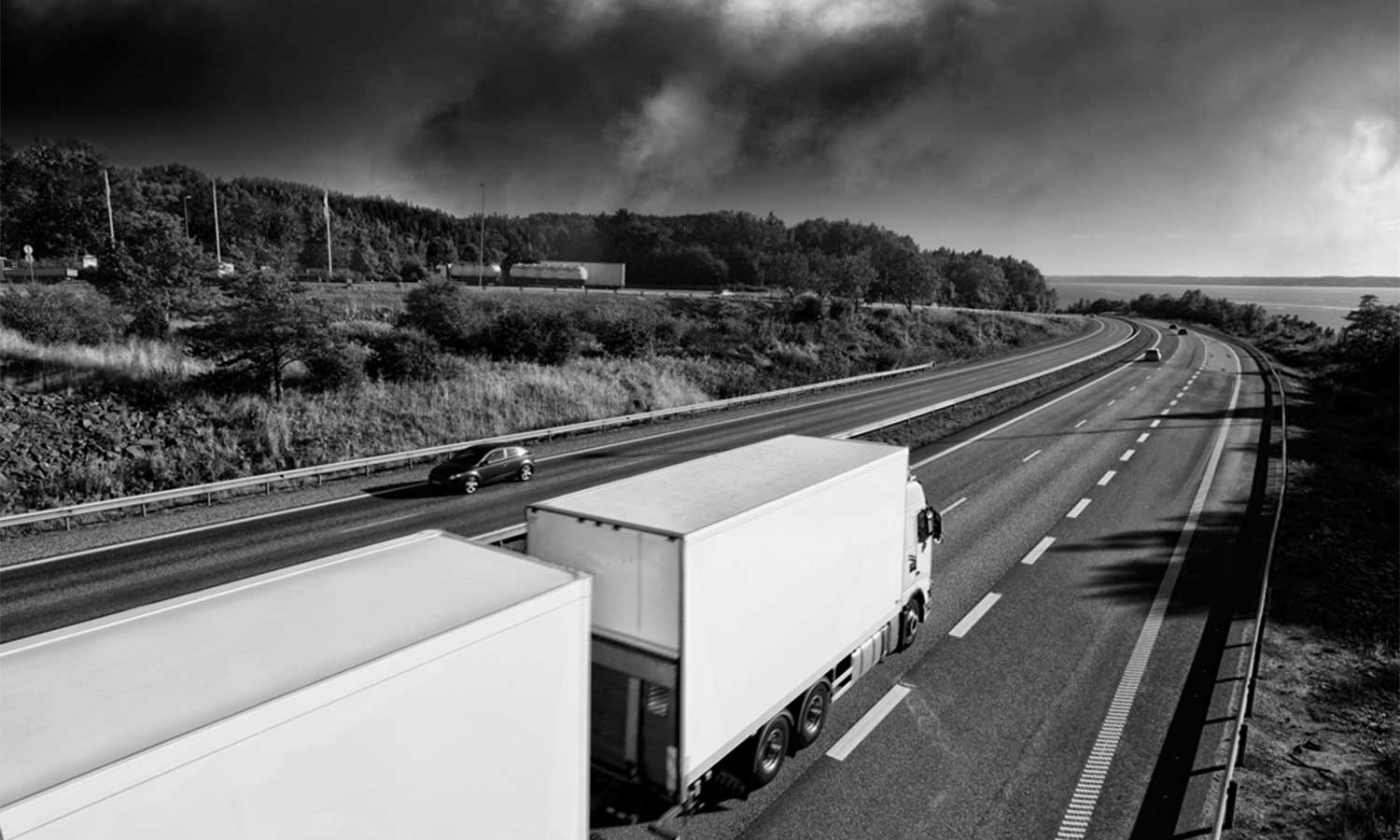This blog post is written as part of the Meeting of the Minds’ third annual group blogging event, which asked: The year is 2050. Write a letter to the people of 2015 describing what your city is like, and give them advice on the next 35 years.
Dear Residents of the Year 2015,
Hello from 2050. Over the last 35 years, the United States has become increasingly urbanized as more and more residents have moved to our cities. At the same time, our cities have faced a number of severe weather threats, as climate change has increased both the frequency and the intensity of storms. Cities across the country have had to grapple with the effects. Northern cities have seen more frequent and severe blizzards, while the East Coast has seen strong impacts from several severe blizzards. On the West Coast, near-constant drought conditions have become the “new normal.”
In the recovery period, after the immediate disaster aftermath has taken place, a new and very distressing form of economic inequality has surfaced: the ability to access food. Urban resilience, a popular topic in 2015, has taken on a new urgency in 2050. For a food system, resilience is defined as the ability to recover from a negative shock and return to normal conditions. At the core of the issue is the ability for food production, processing and distribution to adapt to changing conditions, withstand disruptions and recover quickly.
Well-prepared cities with strong resilience plans have been able to return to normal conditions fairly quickly after storms hit. Grocery stores, corner stores and food banks were adequately prepared and able to restore their supply chains and establish alternative routes for the transportation of food. Even those cities’ poorest residents – those depending on food pantries, or those with limited mobility or transportation options – did not experience prolonged periods with limited food access.
Other cities did not recover so quickly, and many residents faced new challenges securing sufficient and healthy food. Unsurprisingly, those cities’ most vulnerable residents were the most affected as those cities struggled to restock their food supplies and return to normal conditions.
Food systems are complex and involve so many businesses and individuals that if just one component fails, it can affect the entire system.
The cities whose food systems fared well and were able to quickly return to normal after a storm had a number of factors in common at all stages of their food system:
- Production, processing and packaging: The most resilient cities had diverse food sources – multiple processing facilities in multiple geographic locations. They also did not rely too heavily on local food production; local farms tended to flood or be otherwise compromised in these storms and, after the storms, were often left inedible.
- Distribution and transportation systems: The pathways of food from production to retail or distribution were clear. Distribution facilities were decentralized, modernized and located in “low-risk” areas not prone to flooding or other hazards. Transportation providers were similarly well prepared: vehicles were parked in “low-risk” areas and non-truck transportation was utilized when possible. Contingency delivery routes and delivery modes were also planned and in place.
- Retail capacity: The most resilient cities had diverse retail outlets, and those retail outlets had contingency plans and backup power sources.
- Diversification of retail outlets: While large national chains tended to have more resources to recover from disruptions, the key was diversity: reliance on a single grocery store chain posed a risk in many of the less-resilient cities.
- Food bank system capacity: A strong and efficient food bank system was a key feature of those cities that recovered the most quickly. The healthiest systems also did not have an overdependence on the food bank system before the storm, so they experienced fewer capacity issues after an emergency.
- Food bank system location: Like the location of grocery stores, this resilience factor is a simple one. In resilient cities, food banks were not located in flood-prone or other “at-risk” areas that could cause long-term damage that would affect food supplies long after the storm passed.
These factors all impacted the supply of food to residents. Food availability is one facet of a city’s food resilience. The other is food access, or residents’ ability to purchase food at retail locations or receive food from a food bank or another source. One of the simplest sources of food access is household food production. However, in urban areas, the food supply from household gardens is negligible and cannot sustain a household.
The most resilient cities, those that emerged relatively unscathed after major storms, were those that managed the above factors before a storm hit. These cities had identified and addressed the weaknesses in their food system before an emergency, and were prepared when the storms hit.
Our food systems are very complex – this was a fact in 2015, and it holds true in 2050. Coordinated planning across all these channels may seem like a daunting task, and it is certainly one that involves a number of stakeholders. In most cities, resilience planning and food system planning responsibilities are divided among multiple municipal agencies. The most resilient cities commissioned studies to identify the vulnerabilities in their food systems, and created a clear plan to address those vulnerabilities. City leaders managed to coalesce strong cross-sector support and create public-private partnerships across food system organizations.
